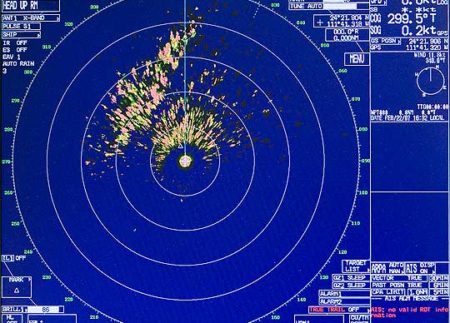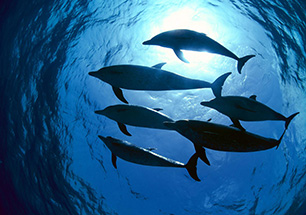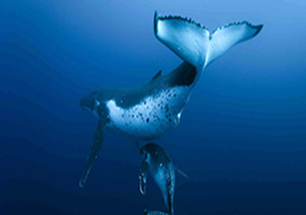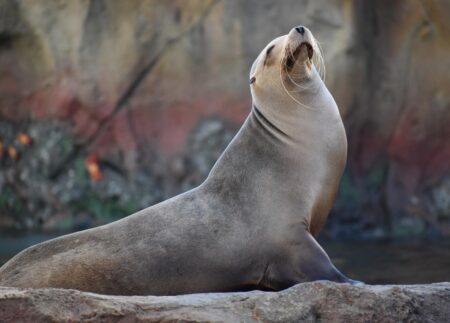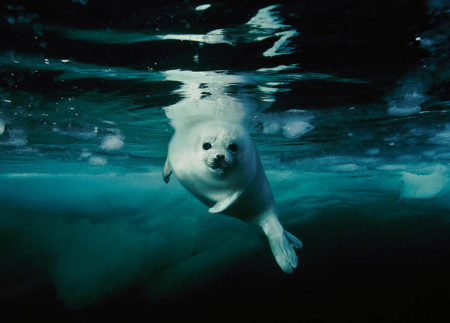KEY QUESTIONS
- What are the reactions of non-mammals to seismic survey sounds?
- What is the biological significance of the effects of sound on fish?
SUMMARY
A variety of bioenergetics models have been developed for capital breeders that seasonally forage and do not forage while nursing (minke, humpback, gray, sperm, beaked and blue whales and elephant seals) and an income breeder that forages while nursing (California sea lion). While initial Stochastic Dynamic Programming (SDP) models found that income breeders are more sensitive to disturbance than capital breeders, it is also likely that small marine mammals will be more sensitive than large marine mammals. The ultimate goal of this research was to develop practical risk assessment tool(s) that the E&P industry can use to focus risk management on higher risk issues. Due to the large number of marine mammal species and populations, it was impractical, and in many cases was not necessary, to develop a data-driven model for each group. Instead, a tiered approach was developed for a worst-case scenario to result in a population-level impact. Further evaluation would not be necessary for situations where a worst-case scenario does not result in a population impact. For those cases where there is a potential for a worst-case scenario to have an impact, a more detailed site-specific analysis would then be required.
Objectives and methods
- Survey and asses the current understanding of the impact of seismic surveys on fish from a PCAD/PCoD perspective through literature review and multiple expert workshops
- Develop a fully integrated energy and population model for fish within the PCAD/PCoD framework
- Conduct scaled exposure studies with captive cod to inform the study design of free-ranging cod
- Conduct an impact study of seismic survey exposure on free-ranging fish
Importance
This study progressed the large investment of resources in the application of PCAD/PCoD of marine mammals to fish. It produced the first PCAD/PCoD framework for Atlantic cod which will serve as an energetic and population model for other gadoid fish and a model from which to start for applying the framework to other fish groups. The first-ever impact study of a commercial sized seismic array on fish applied the developed PCAD/PCoD model to understand the behavioral impact of this source on fish. The fieldwork provided significant insight into how to translate swimming patterns of fishes into behavioural states that can be used to quantify energy use and potentially also the time spent foraging which directly translates into the energetics components of the PCAD/PCoD framework for assessing population effects.
Links to other research
This work was built on the products of the other Programme PCAD/PCoD studies that preceded it.
- Part A: Biological Significance Workshop
- Part B: Literature And Models Available
- Part C: Transfer Functions For The PCAD Model
- Part E: Implementation of the PCoD for Marine Mammals
Institutions/PIs
- Leiden University (Hans Slabbekoorn)
